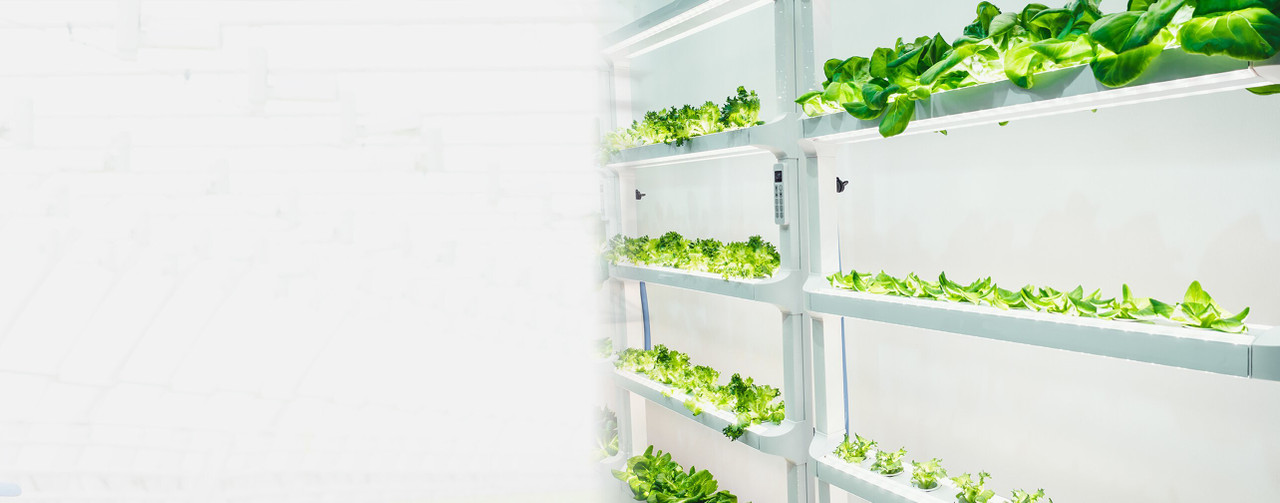
Grow Lights
Kushy.com.au is your one-stop shop for buying Grow Lights at highly competitive prices. Our aim is to provide a friendly stress-free shopping experience. If you can't find the Grow Lights that meet your requirements, please get in touch with our friendly customer service team. We will be happy to help.
Why should you buy Grow Lights from Kushy?
- We offer best price guarantee on a wide range of Grow Lights .
- Australia's finest hydroponics store. Trusted by 1000s of happy customers.
- A secure and reliable shopping experience.
- Hassle-free exchange policy.
- Proudly Australian owned and operated.
- Exceptional customer service.
About Grow Lights
Grow lights mimic the light of the sun in an indoor hydroponics garden. Grow lights require electricity to operate and provide energy to plants to encourage them to grow. There are different types of grow lights, but the most popular utilizes LED lightbulbs, which are more energy-efficient and operate at a cooler temperature. They can be controlled through lamp intensity and are suitable for all types of hydroponics, from small to large.
Grow lights are a necessary part of an indoor hydroponics garden. Plants may not get enough sunlight through the windows, hence the advantage of setting up grow lights anywhere, even in the basement or in low-light conditions. They can be used with a home-based hydroponics garden, or in an agricultural business. The main benefit of grow lights is that the light can be directly focussed on the plants.
Leaf burn is always an issue in hydroponics, so LED lighting should always be installed about 30 cm away from plants. Greater wattages of 1000 watts or more should be kept about 90 cm away. LED bulbs in the grow lights typically last for about 50,000 to 90,000 hours.
Grow lights can be controlled depending on whether the plants are in their germination or vegetative phase, or the flowering or fruiting phase, with the intensity being adjusted as they grow in size. Differing light spectrums may be used depending on growing purposes. Blue spectrum lights are better for triggering an initial vegetative response in plants. During other phases in the growth cycle plants are also affected by the green and red light spectrum.
Grow lights can be purchased with specific ranges of spectrum, luminous efficacy, and colour temperature. LED (or light-emitting diodes) grow lights are the most common LEDs, being not only highly efficient but safer and more economical over time. Incandescent or fluorescent bulbs can be also be used, as well as high-intensity discharge lamps (HID). Metal halide bulbs are HID but emit blue and violet light. HPS or high-pressure sodium lights are more efficient types of HID lighting and emit light in the yellow and red spectrum.



